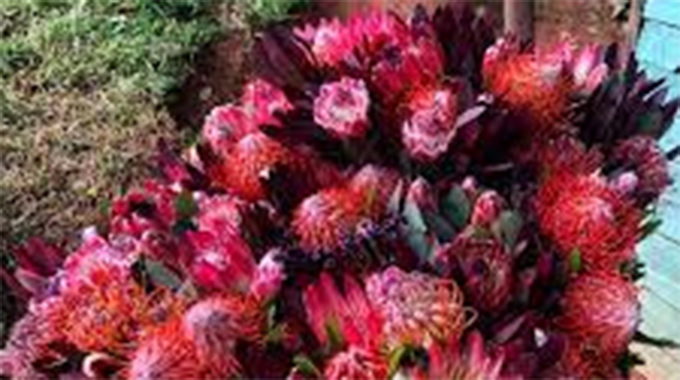‘Over 220 million kilogrammes of tobacco possible this year’

Edgar Vhera Agriculture Specialist Writer
THE good rains being received in most tobacco growing areas across the country have ignited hopes of breaching the 220 million kilogramme-mark this season with farmers in different farming WhatsApp groups concurring that the situation is very promising.
This comes as the Government and other tobacco stakeholders are currently conducting the first national crop and livestock assessment to determine the condition and come up with possible yield estimates.
The Tobacco Industry and Marketing Board (TIMB) has so far recorded a nine percent rise in registered growers from 135 645 in 2022 to 147 867 this year. This is no surprise to many tobacco stakeholders, as some farmers dropped grain production this season in preference of tobacco due to delayed payments from the Grain Marketing Board (GMB) last season.
In terms of hectarage the weekly Agricultural and Rural Development Advisory Services (ARDAS) report dated January 20, shows a four percent increase from 112 293ha in 2022 to this year’s 116 454ha.
Tobacco Farmers Union Trust president Mr Victor Mariranyika said yields of about 220 000 tonnes were possible basing on the latest statistics from TIMB on increased grower and hectarage figures coupled with good rains.
Mashonaland Tobacco Company field officer Mr Fungai Chinoda said there was greater improvement in tobacco production this season and better yields averaging between 1 900 kilogrammes per hectare were possible from small-scale grower, if ripening of the crop was well managed. On the other hand, large-scale growers can get anything between 2,5 and 3,5 tonnes per hectare.
Meanwhile, some farmers have expressed concern over continued rainfall activities saying they were likely to compromise yield quality especially in light sandy soils as some crops were being washed out in other areas.
Mr Chinoda, however, added his voice on the matter saying farmers should have already done what’s needed to curb the possible losses, which are caused by leaching of nutrients.
“Flash ripening of the crop is the commonest problem in prolonged wet seasons. Availability of adequate curing facilities with a carrying capacity of about 1 200 strings per hectare is needed to tackle the problem so are well maintained curing facilities.
“Make sure there are no leaks on the roof and keep walls and floors dry to reduce the risk of collapsing,” said Mr Chinoda.
He further advised farmers to reap twice a week making sure that they reaped the crop while still green and not wait for the leaves to turn yellow.
Yellowing of leaves during the wet season means the crop is overripe and this needs to be avoided by reaping while they are still green to achieve better results, he observed.
Mr Chinoda added that tobacco plants had fibrous roots that are susceptible to water logging in case of prolonged rainfall, hence farmers should put in place good curing facilities in place.
“Too wet conditions also present a huge threat to the cured leaf hence it has to be stored in a cool dry closed room on a false floor to avoid over conditioning, which will result in it getting mouldy,” explained Mr Chinoda.










Comments